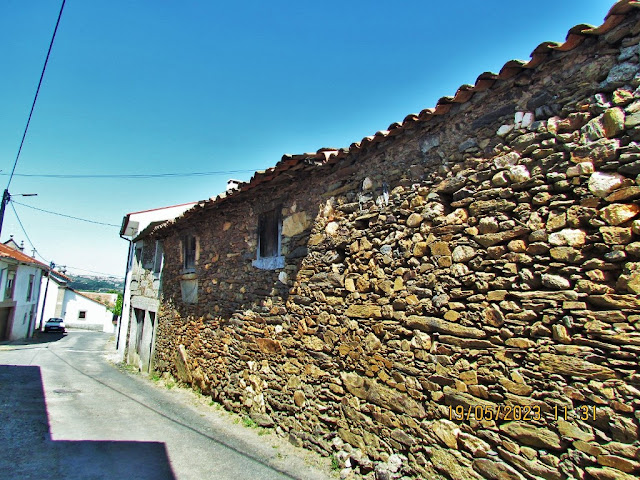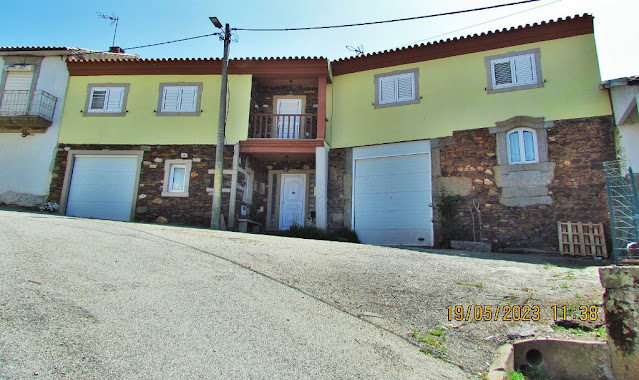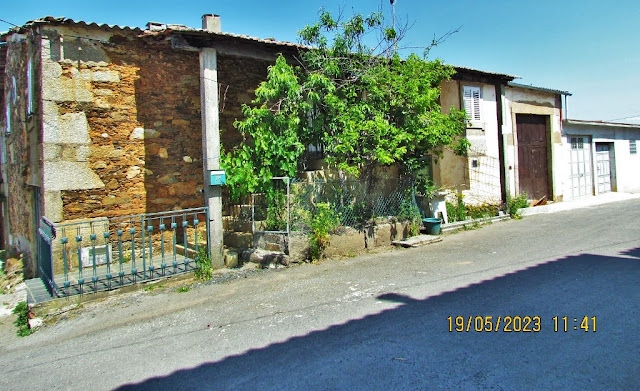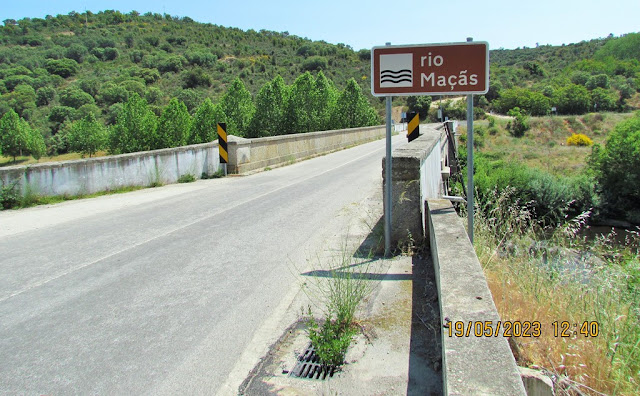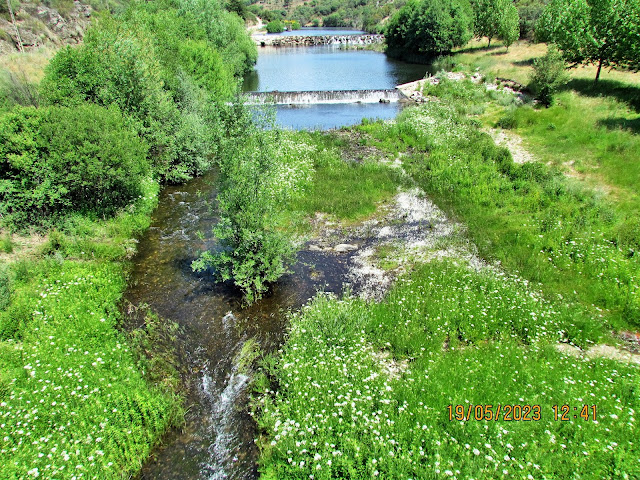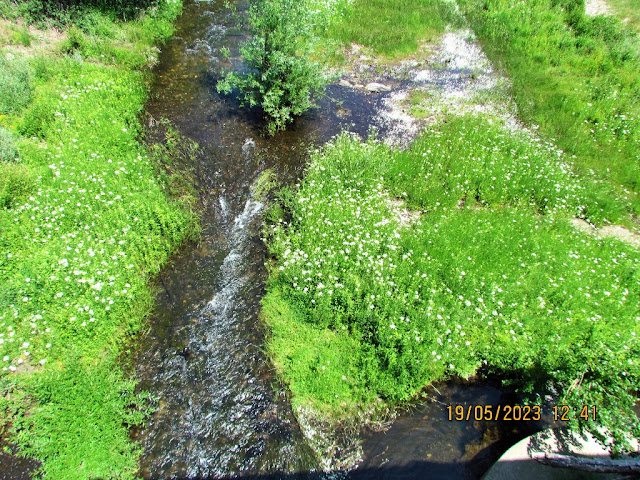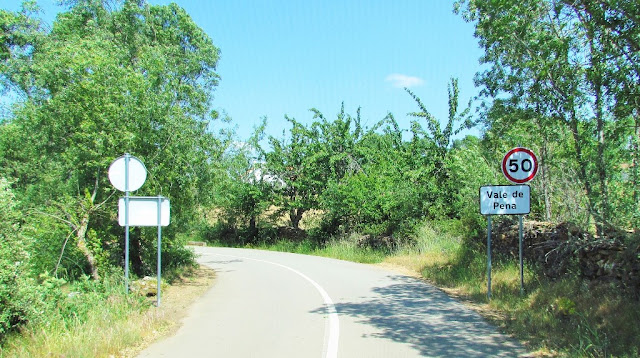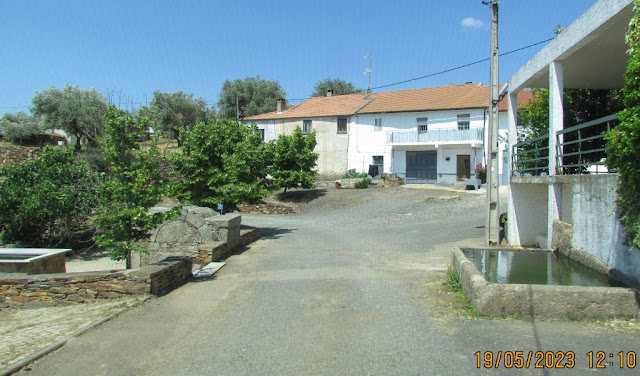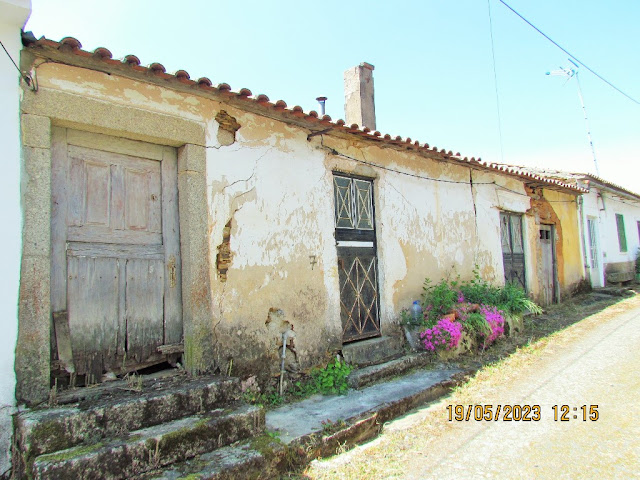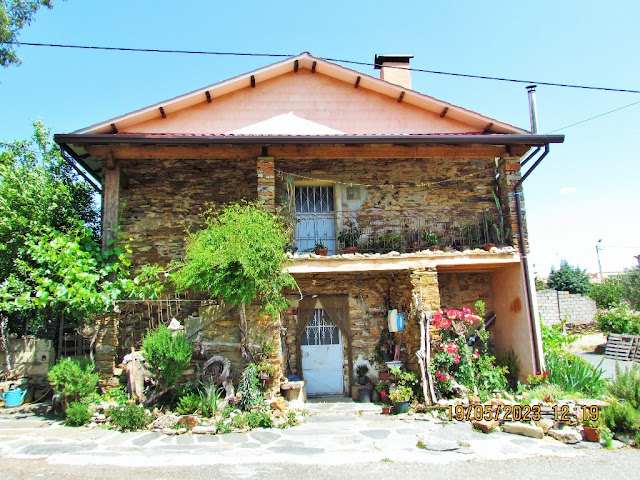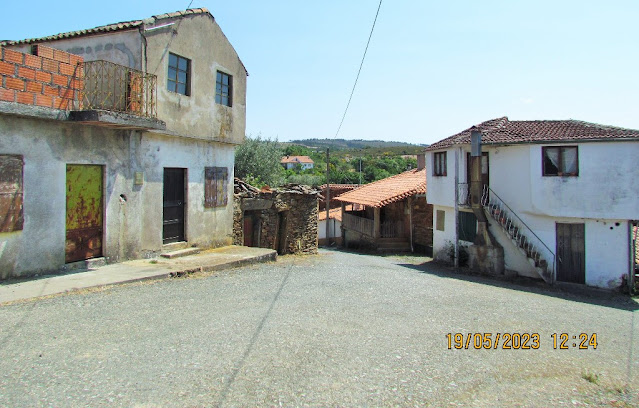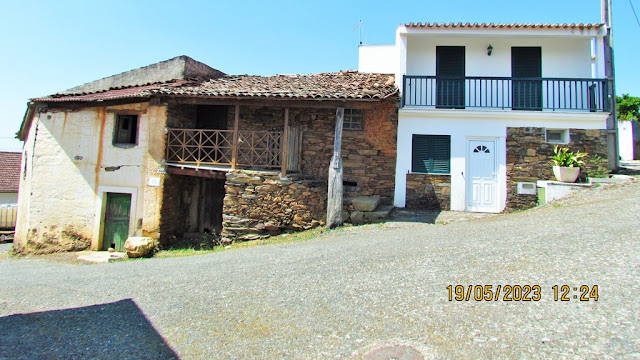PINELO
41.63700º N; 6.55094º W
Pinelo is a Portuguese parish in the municipality of Vimioso, with an area of 33.13 km² and 220 inhabitants (2021). Its population density is 6.6 inhabitants/km².
Villages
The Parish is made up of two villages: Pinelo and Vale da Pena.
8 Kms from the county seat, Vimioso; the parish of Pinelo is located to the northwest, on the left bank of the Rio Maçãs. It is one of the oldest parishes in this municipality. In addition to numerous archaeological finds, proof of this statement is the fact that it was elevated to a village during the reign of D. Afonso Henriques, the first King of Portugal.
The first document referring to the parish dates from 1187.
The toponym comes from the name Pigniolus, or else it could be a diminutive of peak, summit, mount, hillock into which the castles and defensive squares sink. This fact refers to the prehistoric times of Pinelo and to the possible existence of a Lusitanian castro Romanized or not at a later date.
Indeed, in the Lagoaço site, a funerary tombstone was discovered in April 1935, in granite, cylindrical in shape and with an incomplete inscription. It can be read, despite the lack of the top tombstone, that “AMOR/XXII/HSE”. That is, such a man, nicknamed Amor, died at the age of 22 and is buried there.
In the same place, some objects of daily use appeared, such as a kitchen padlock, usually known as lardos, two clay pondus, a copper coin and several loose ceramic fragments.
It received a charter on July 4, 1288, granted by D. Dinis in Leça do Balio. One of the village's obligations, which already existed during the time of the first Portuguese monarch, was that each of its residents pay the foro, a tax of twenty soldos.
The parish church, dedicated to St.ª Eulália, is the most interesting monument in Pinelo. Situated in a high place in the parish, it proudly and proudly presides over the destinies of its population. Around it, the churchyard, had, according to the builders of the temple, the objective of preventing the building from being desecrated by “unclean animals”. Very spacious, it has a single nave, divided by two diaphragm arches. The chancel is all in granite, separated from the nave by a triumphal arch resting on a pedestal. Externally, it is very harmonious and homogeneous, giving it a pleasant perspective to the bell tower and a belfry.
The altarpiece, known as the Divine Lord, but which is currently consecrated to the Sacred Heart of Jesus, is of national carving from the Second Period.
It has the form of a Romanesque portico, where the columns are arranged in the form of a recess. Its construction must be after the first half of the 18th century, and its author, due to its characteristics, is the same as the altarpiece of the mother church of Argoselo. Also very interesting is the altarpiece of the Souls in Purgatory. In baroque carving, it represents Heaven, Hell and Purgatory.
In the chapel of the Saints Martyrs, S. Sebastião and S. Fabião, the retable of the main altar, with a Mannerist structure, is decorated in national carvings.
It consists of a bench decorated with stabilized foliage cartouches and an acanthus panel in the center of the bench. It was built at the beginning of the 18th century.
In the chapel of S. Jerónimo and St.ª Bárbara, the altarpiece on the high altar stands out again. Very simple, it consists of two pseudo-Solomonic columns. The ornamentation is similar to other altarpieces, grapes, vines and boys in great movement. Crowning the altarpiece is a stripe in the shape of an acanthus crown.
💓💓💓💓💓
VALE DE PENA
41.67238º N; 6.54341º W
Vale de Pena is a small village, very close to the border with Spain, which has around 30 elderly people.
Not far from the main road, this village is peaceful and safe.
Its territory is integrated in the parish of Pinelo






















